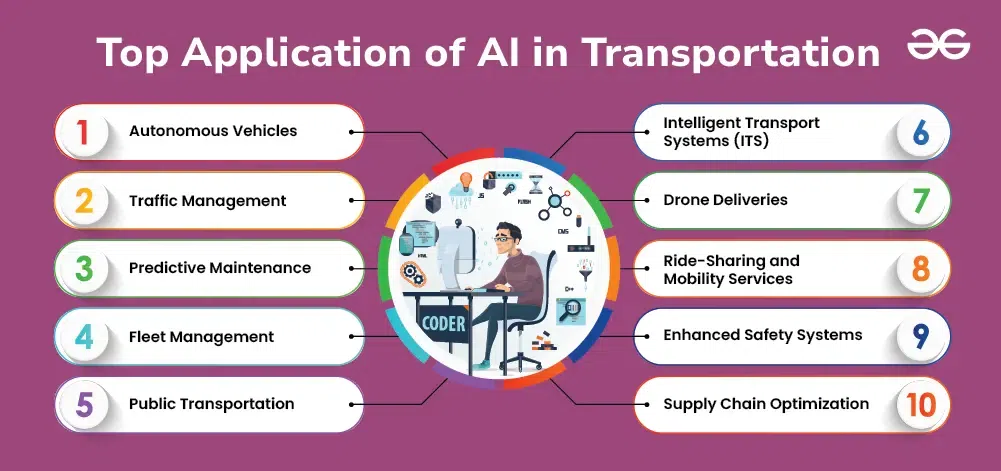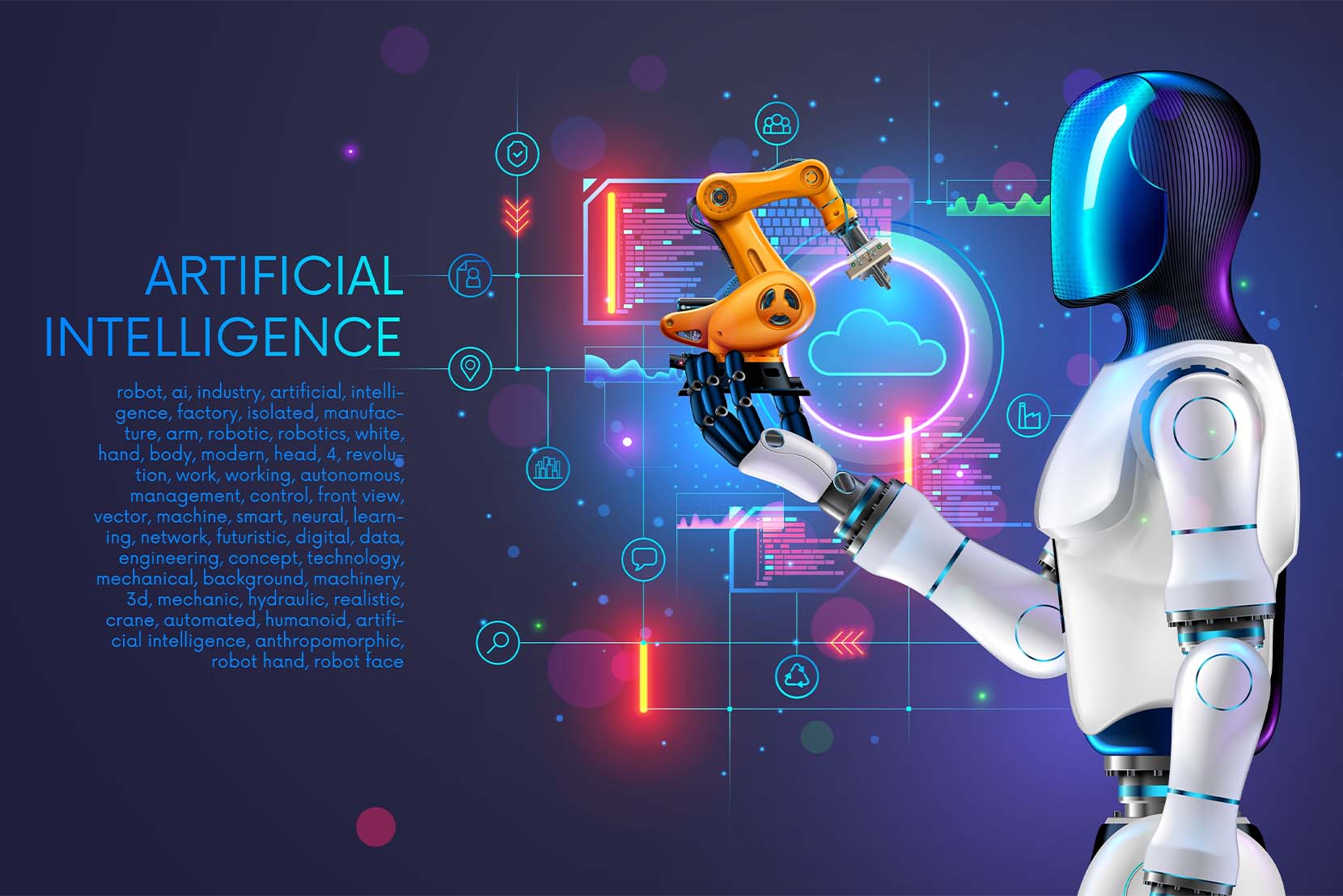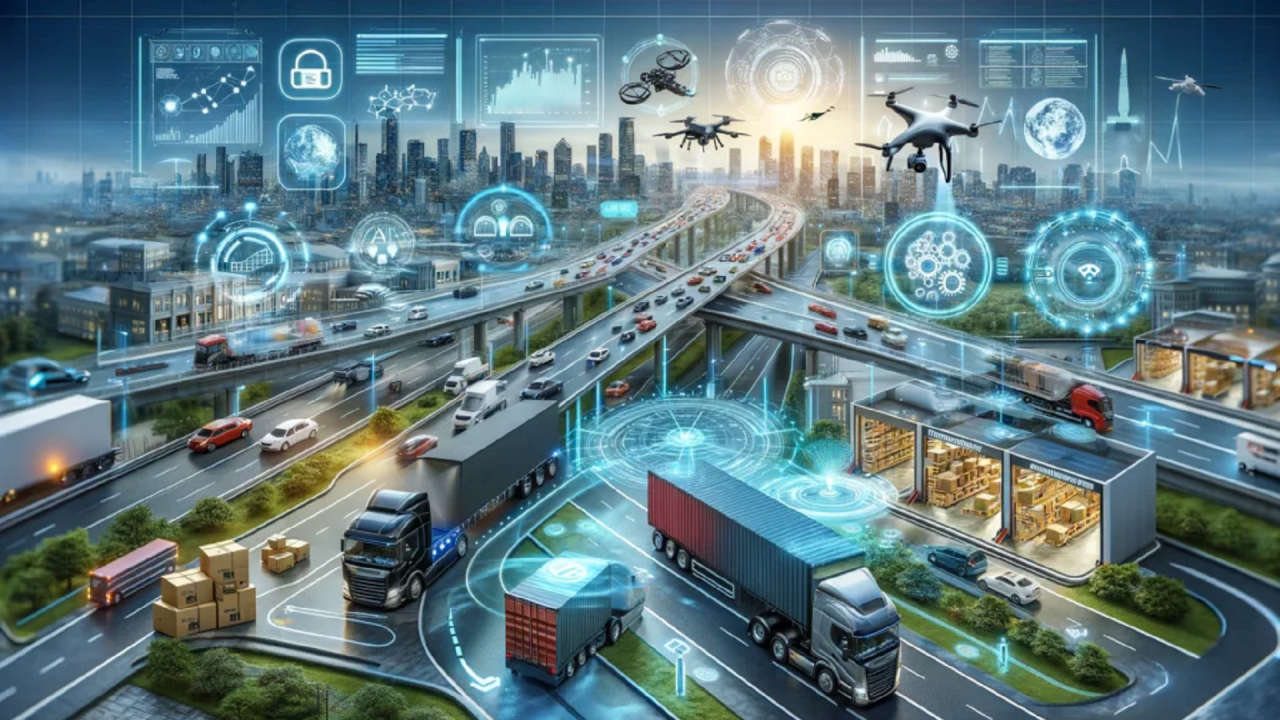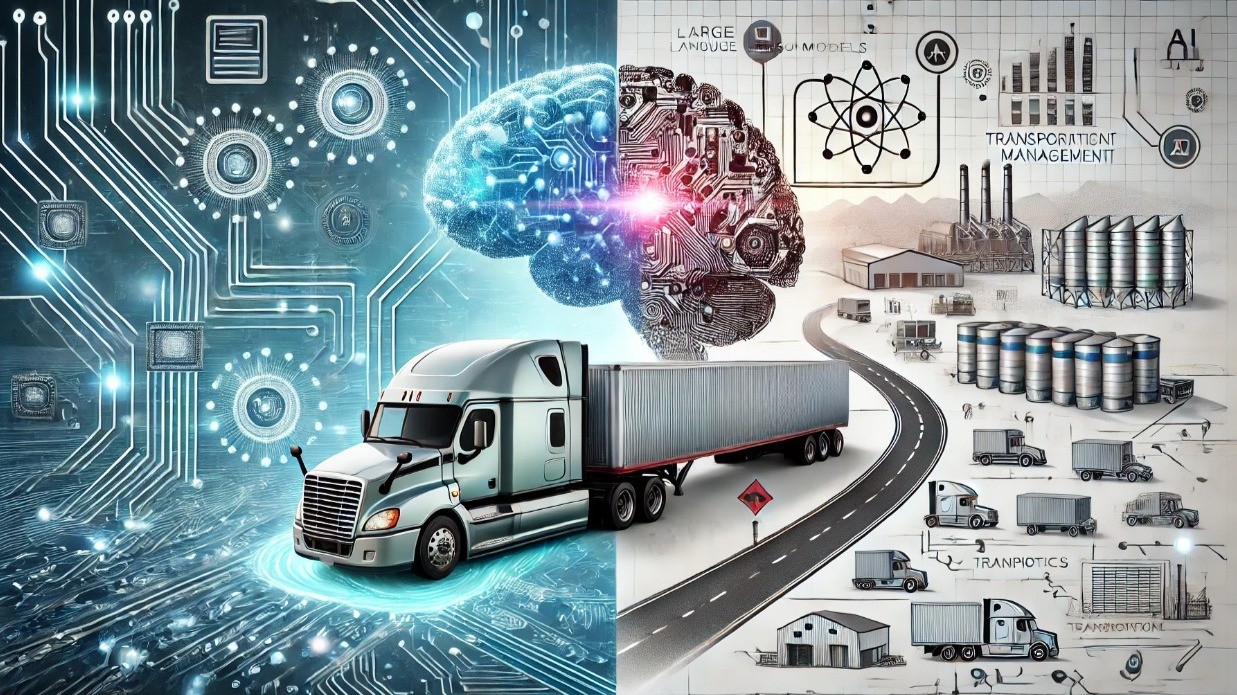Artificial Intelligence (AI) is revolutionizing the transportation industry by improving safety, efficiency, and the overall travel experience. Understanding the applications of AI in transportation helps us see how the future of mobility is being shaped by intelligent technologies.
What is AI in Transportation?
AI in transportation involves the use of machine learning, computer vision, predictive analytics, and automation to optimize transportation systems. These technologies enable smarter decision-making, real-time monitoring, and improved traffic management.
How AI Works in Transportation
AI systems collect and process data from various sources like GPS, traffic cameras, sensors, and vehicle systems. By analyzing this data, AI can make real-time decisions, predict traffic patterns, and automate vehicle movements to enhance safety and efficiency.
Key AI Applications in Transportation
Autonomous Vehicles: Self-driving cars use AI to process data from sensors, cameras, and radar to navigate safely without human intervention.
Traffic Management: AI analyzes traffic flow in real-time to reduce congestion, adjust signal timings, and recommend alternative routes.
Predictive Maintenance: AI predicts when vehicles or infrastructure may require maintenance, helping prevent accidents and reduce downtime.
Smart Public Transportation: AI-powered systems improve scheduling, monitor crowd levels, and provide real-time updates to passengers.
Logistics and Supply Chain: AI optimizes delivery routes, predicts shipment delays, and enhances warehouse operations to streamline supply chains.
Benefits of Using AI in Transportation
AI improves road safety, reduces travel time, cuts operational costs, and enhances user convenience. It also supports the development of more sustainable transportation systems by minimizing fuel consumption and optimizing routes.
Limitations to Consider
AI in transportation faces challenges such as high development costs, regulatory hurdles, and concerns over safety in fully autonomous systems. Human supervision and strict testing protocols remain essential.
Conclusion
AI is transforming transportation by making it smarter, safer, and more efficient. By combining AI technologies with human oversight, the transportation industry can move towards a future of connected, automated, and sustainable mobility.







Leave feedback about this